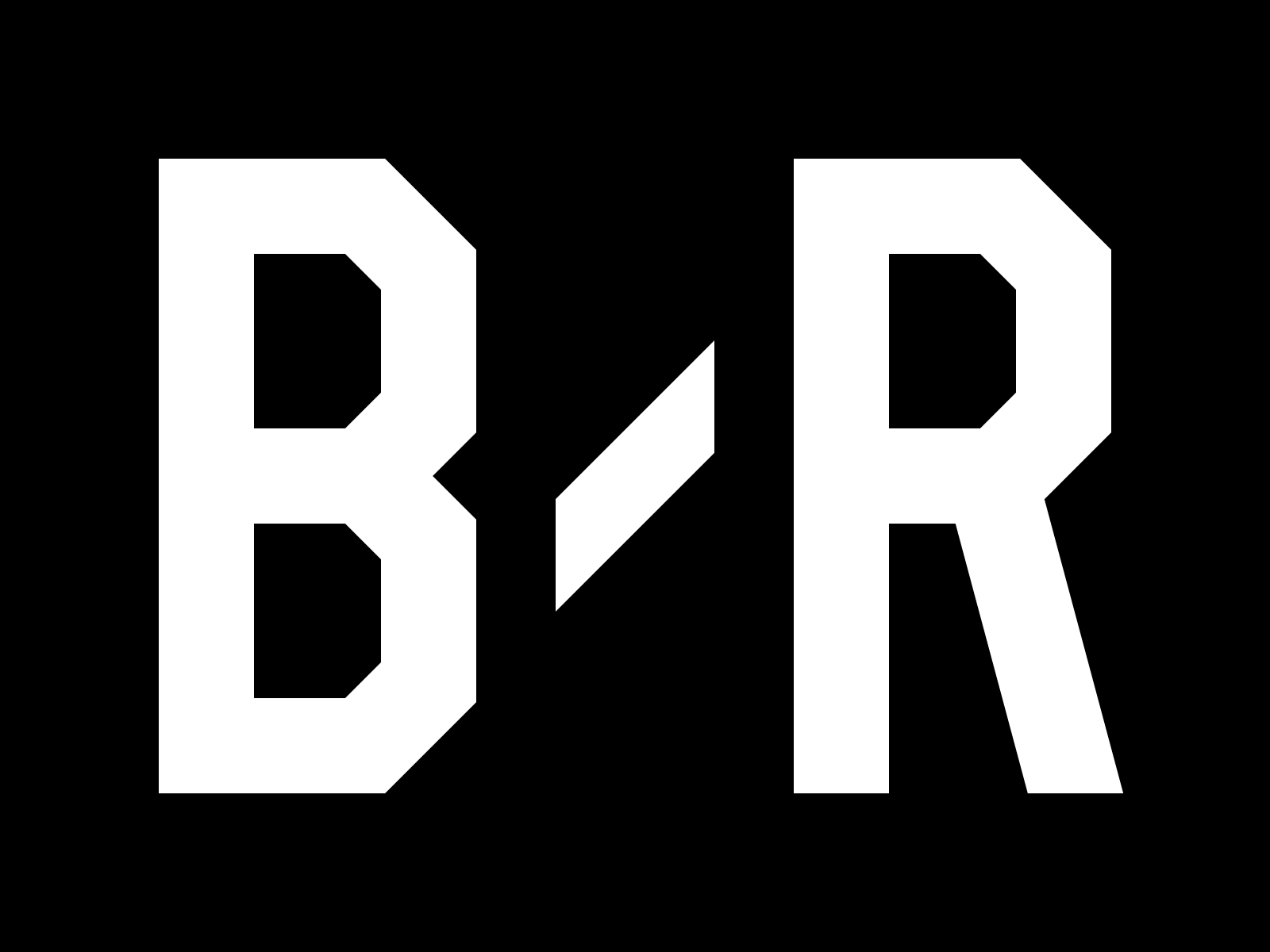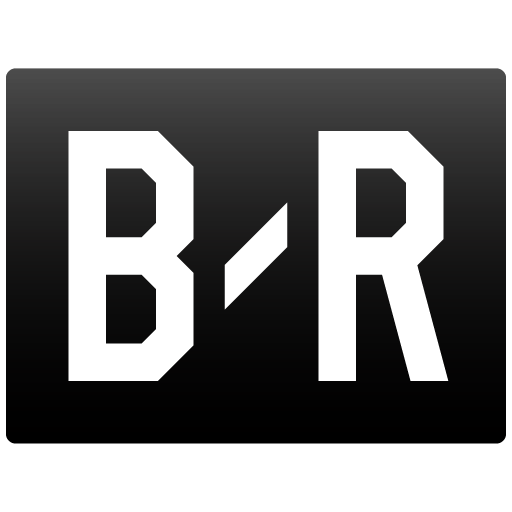Austin Reaves is playing himself into a lucrative contract this season. The undrafted guard is helping to keep the Los Angeles Lakers in the playoff hunt with LeBron James out with a foot injury, and he has earned many fans across the league ahead of his restricted free agency in July.
But the Lakers are unlikely to lose him this summer unless the franchise lets him go as an Arenas Rule restricted free agent. A competing franchise may make him an offer to put the Lakers to the test—or, at worst, make L.A. pay an inflated contract for the nearly 25-year-old guard.
Brief Primer on the Arenas Rule
Unofficially named after Gilbert Arenas, whom the Golden State Warriors drafted in the second round (No. 31) in 2001, the rule protects teams from losing their own restricted free agents.
Arenas signed a two-year deal as a rookie but quickly outplayed his contract. Because the Warriors only had his early Bird rights, the team didn't have the means to match an offer sheet from the Washington Wizards. Even though he was restricted, Golden State lost him in free agency.
The issue was rectified in the following collective bargaining agreement (CBA) with the Arenas Rule, limiting what another team can offer when a franchise only has non-Bird or "Early Bird" rights for its own restricted free agent.
In Reaves' case, the most another team can offer in starting salary is the non-taxpayer mid-level exception, which projects to be $11.4 million for 2023-24.
Via Reaves' Early Bird rights, Los Angeles would be able to start his next contract at roughly $11.9 million (TBD). The Warriors didn't have that option in 2003, but the Arenas Rule will protect the Lakers 20 years later.
There is a catch. A team with cap room can offer Reaves up to four years, with the last two years as high as a maximum salary. The offering franchise would need up to $24.7 million in cap room, but a max deal would have the following structure:
- Year 1: $11,368,000 (non-taxpayer mid-level exception)
- Year 2: $11,936,400 (five percent raise)
- Year 3: $36,850,000 (as if he were paid the maximum in years 1 and 2)
- Year 4: $38,508,250 (4.5 percent raise)
- Total: $98,662,650
Reaves may not get near the max, but he could be worth a price similar to what the Atlanta Hawks just paid to Bogdan Bogdanović in a four-year, $68 million extension. A team with $17 million in cap space could give Reaves a salary of $11.4 million for 2023-24 that would then bump to about $21.9 million for 2025-26.
Who Has Money?
Assuming the next CBA (currently under negotiation) doesn't dramatically alter the rules, several teams project to have significant cap room this summer based on the league's current projection of $134 million.
The list could include the Detroit Pistons (whom sources say were very close to drafting Reaves in 2021), Houston Rockets (who made successful Arenas Rule offers to Jeremy Lin and Ömer Aşık in 2012), Indiana Pacers (who were willing to test restricted free agency last summer with Deandre Ayton), San Antonio Spurs, Oklahoma City Thunder, Orlando Magic and the Utah Jazz.
While other teams such as the Charlotte Hornets, Dallas Mavericks, Portland Trail Blazers, Sacramento Kings, Toronto Raptors and Washington Wizards may have cap room, that will depend on their own free agents and players with options like Kyrie Irving, Harrison Barnes, Kyle Kuzma, etc.
Why the Restricted Game is a Tough One to Play
Whether the NBA is willing to admit it or not, free agency starts the day after the draft (or sometimes even a week or two before). Officially, negotiations cannot begin until June 30, but many deals are done verbally before July.
However, the process for restricted free agency cannot start until an offer sheet is signed on July 6. In this case, the Lakers wouldn't have to decide on matching Reaves until July 8. How many of the listed teams will wait that long, knowing that the bulk of the 2023 free-agent class will be long gone by then?
That's an advantage to the Lakers, but it only takes one team to make Reaves' free agency a lot more complicated.
What Can the Lakers Pay? How Can L.A. Avoid This in the Future?
Assuming the NBA's Early Bird number comes in at $11.9 million, the Lakers could give him a contract worth up to $53.3 million over four seasons (an average of $13.3 million).
Would that be enough to prevent Reaves from soliciting an offer? If he can get a deal closer to the Bogdanović extension, it might not. And a team like the Spurs may be happy to push the Lakers, knowing that they either net a good player or make Los Angeles pay a premium.
This isn't the first time the Lakers have faced this issue. The team was able to re-sign Jordan Clarkson to a four-year, $50 million deal with cap room in 2016, two years after he was drafted. In this instance, though, the Lakers are unlikely to have cap space if players such as D'Angelo Russell, Jarred Vanderbilt, Malik Beasley, Rui Hachimura and Mo Bamba return.
Similarly, the team didn't prioritize signing Talen Horton-Tucker to a three-year deal in 2019, making him an Arenas Rule restricted free agent in 2021. That led to a three-year, $30.8 million contract, with Horton-Tucker (now with the Jazz) earning $10.3 million this season. For contrast, the L.A. Clippers are paying Terance Mann (from the same 2019 draft class) $1.9 million.
The Lakers had the means to sign Reaves last year to a three-year deal with the remainder of its taxpayer mid-level exception (TMLE) in 2021 after paying Kendrick Nunn most of it. Similarly, the Lakers paid Lonnie Walker IV using this season's TMLE instead of saving $1 million to ink Max Christie for three seasons.
The third year, which can be non-guaranteed to protect the team from players who don't blossom quickly, locks in full Bird rights when the player hits restricted free agency and removes the Arenas Rule complication entirely. It just hasn't been a priority for the Lakers' front office. Had he received the third year, Reaves would be earning Herbert Jones money next season ($1.8 million with the New Orleans Pelicans). Instead, he's due for an early raise like Horton-Tucker.
Taxing Issue
The new CBA may increase tax rates, but the current rules mean the Lakers' payroll could jump to the $175-190 million range next season with Reaves, Russell and others returning. Because the Lakers will have paid tax in three of the four seasons before 2023-24, the franchise is a repeat tax offender.
Based on a $162 million threshold, the tax bill projects to be $36.8-104.5 million. Reaves at $1.8 million instead of $11.9 million would have saved the franchise a lot of money.
Nobody knew Reaves was going to produce this quickly, but this situation is why it has become a near-standard practice for teams to lock in second-rounders and undrafted players to three- or four-year deals when they can.
Perhaps the Lakers will learn from the Reaves situation, but they haven't changed their approach after Horton-Tucker, nor with Christie after Reaves' impressive rookie campaign.
Expect Reaves back in Los Angeles next season. Still, the team may need to sacrifice someone else in the name of luxury taxes (which some believe led to Alex Caruso's departure to the Chicago Bulls) because of an avoidable and predictable contract snafu in 2021.
Email Eric Pincus at eric.pincus@gmail.com and follow him on Twitter @EricPincus.



Read 0 Comments
Download the app for comments Get the B/R app to join the conversation